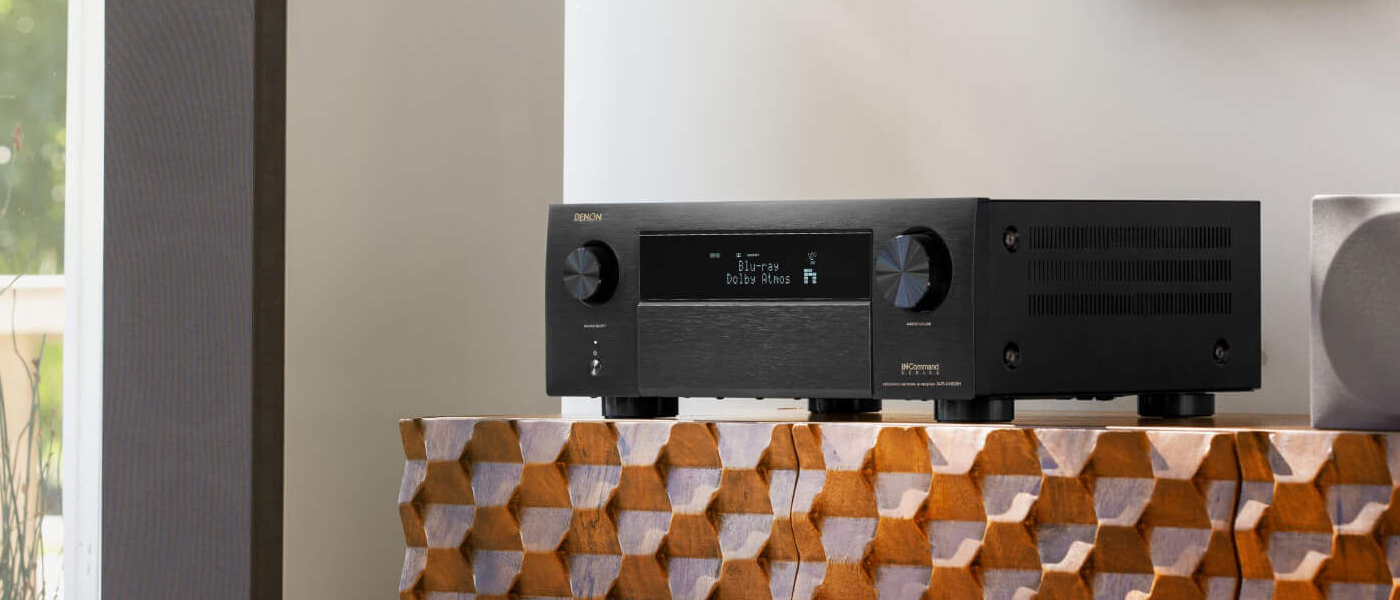I added DLBC to my full spectrum license using that discount. My results are here:
Still not understanding why Dirac exists! Dirac Live applies some phase corrections and although I doubt the accuracy of these, Audyssey cannot do that at all. All its filters are in the frequency domain. Also Dirac Live can crossover subwoofer at any frequency (unlike the fixed frequencies of...

www.audiosciencereview.com
And here is a decent roundup of the available DRC options in an X series Denon receiver:
I discuss the bass performance of Audyssey, Dirac Live, Dirac Live Bass Control, Dirac Live ART and Multi-Sub Optimiser.

simplehomecinema.com
Take my opinion with a grain of salt, but I cannot hear much if any difference in
my setup in
my room. But I am in dedicated room with symmetrical placement of speakers and subs. Perhaps someone with a more complicated environment would benefit more.
Quite honestly, I think my Audyssey results, although a bit different, are just as good as my Dirac results and I could have skipped both licenses, but curiosity killed my wallet.




